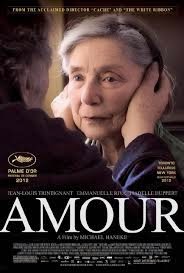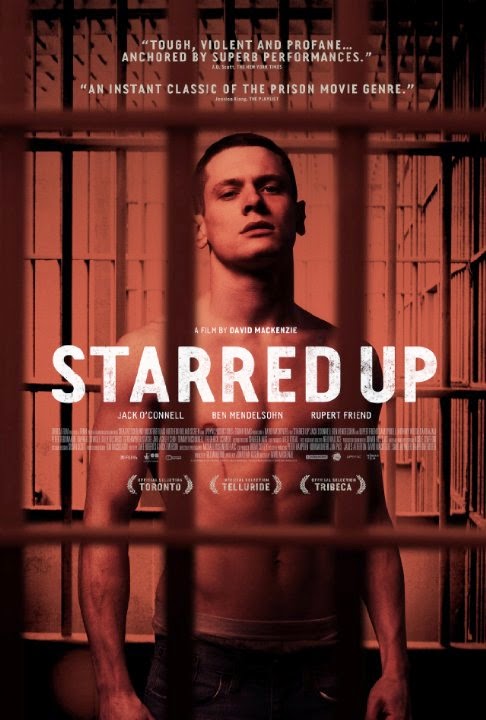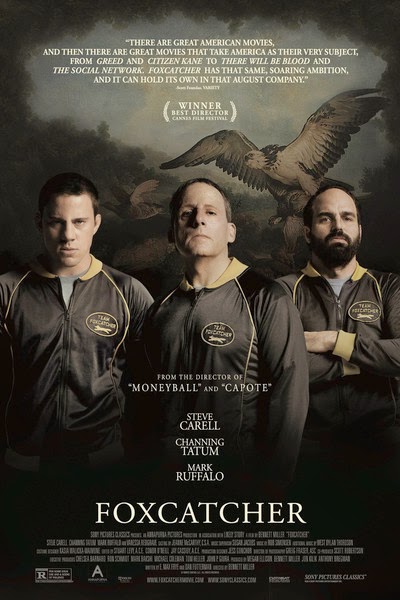Amour (film)

Amour (Directed by Michael Haneke)/2012 Amour for me isn’t about love, but our obsession with the concept of love that is to some extent a social construct related to a state of beauty, peace, and happiness. The film shows how this concept fails to work in the relationship between the dying one and the carer when they are faced with the brutalities of the degradation of the human body. George and Anne are a retired couple in their 80s. They live a relatively prosperous life after careers in classical music. The film opens with their outing one night to a concert and George tells Anne that she looks pretty. Anne is elegant and sophisticated: a delicate porcelain doll. George is in awe of her beauty even after all these years and is still deeply in love with her. The next morning, Anne fails to respond to anything for a few minutes; this is the beginning of the series of strokes that paralyses Anne bit by bit until she is rendered compl...










